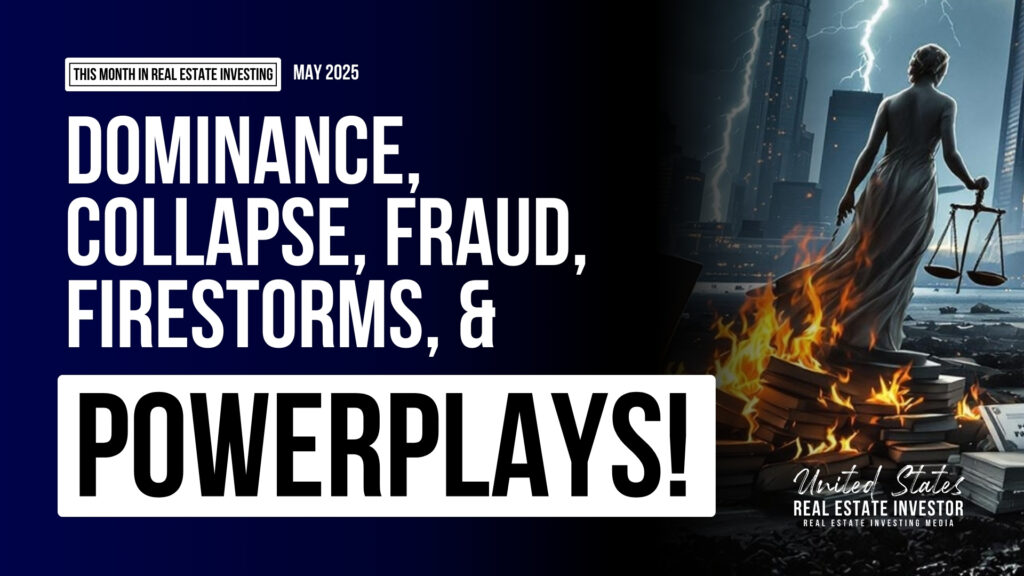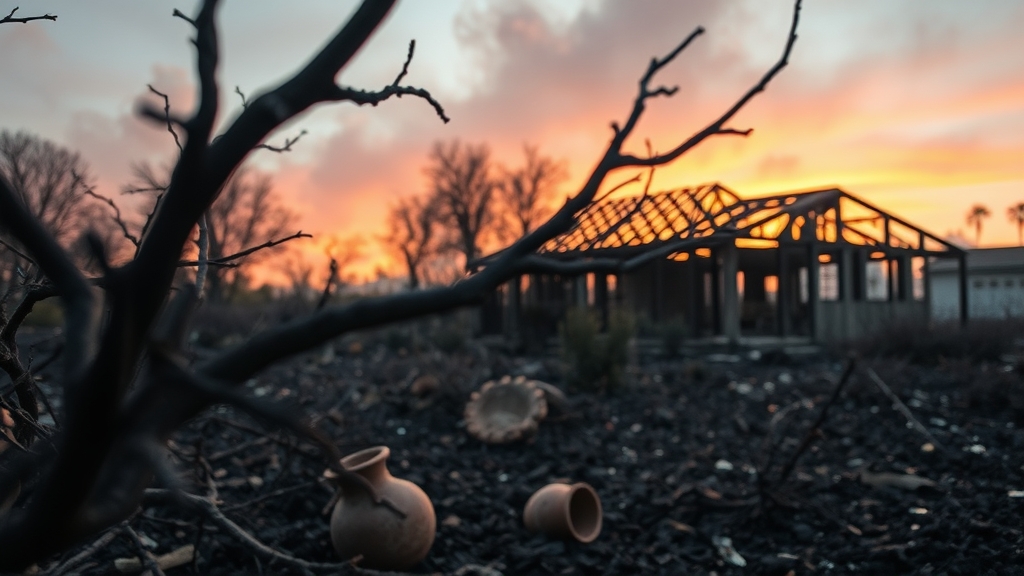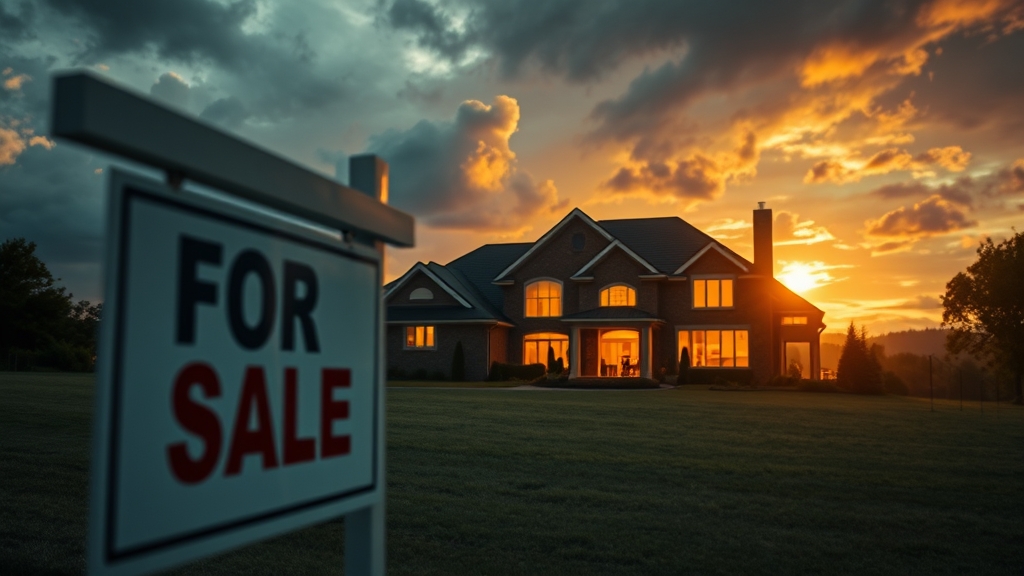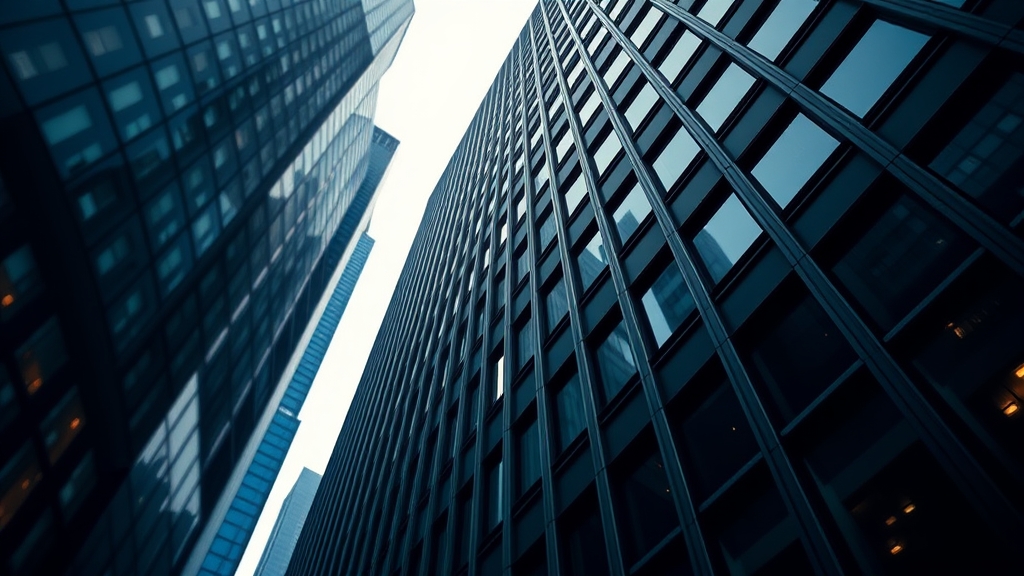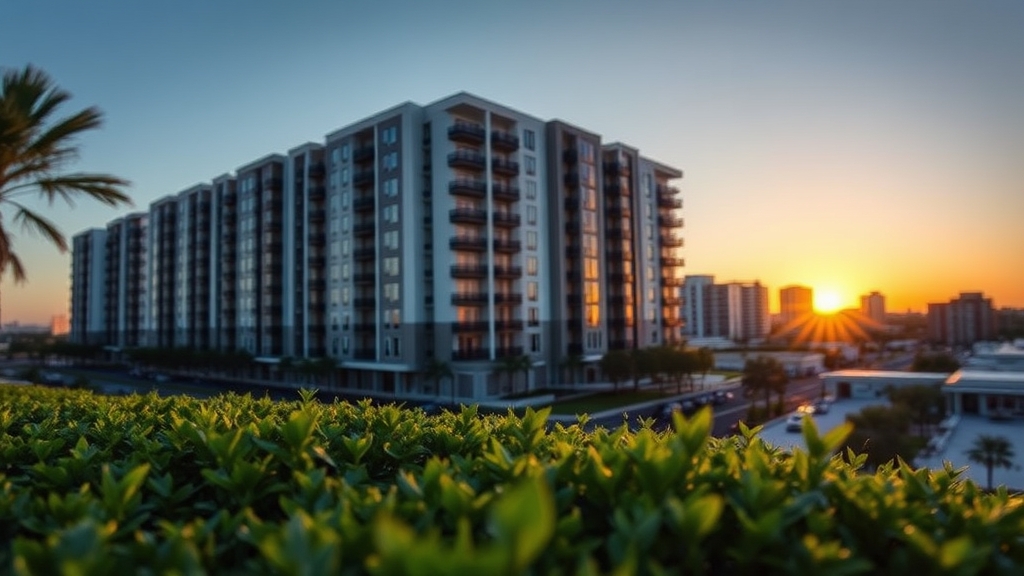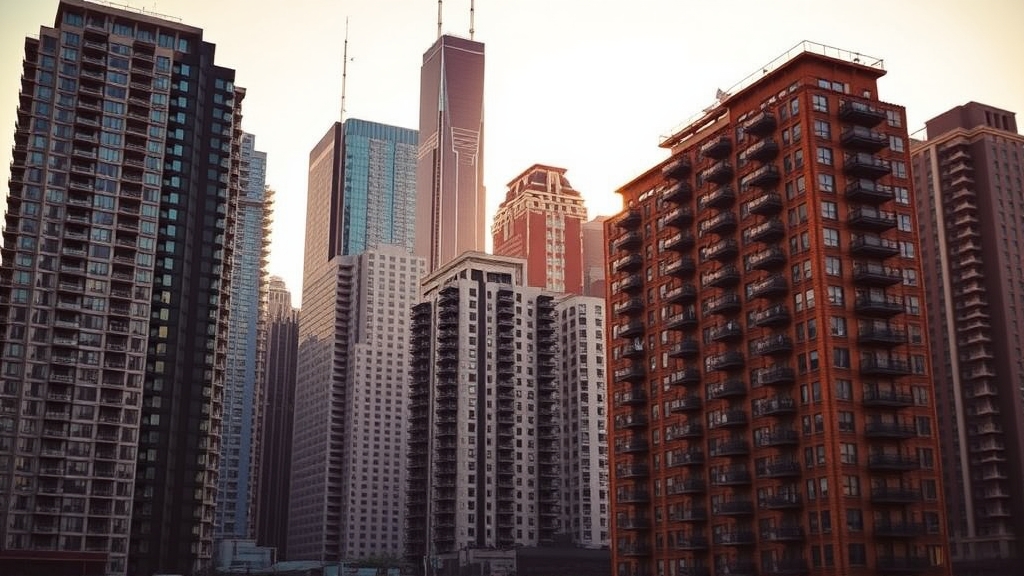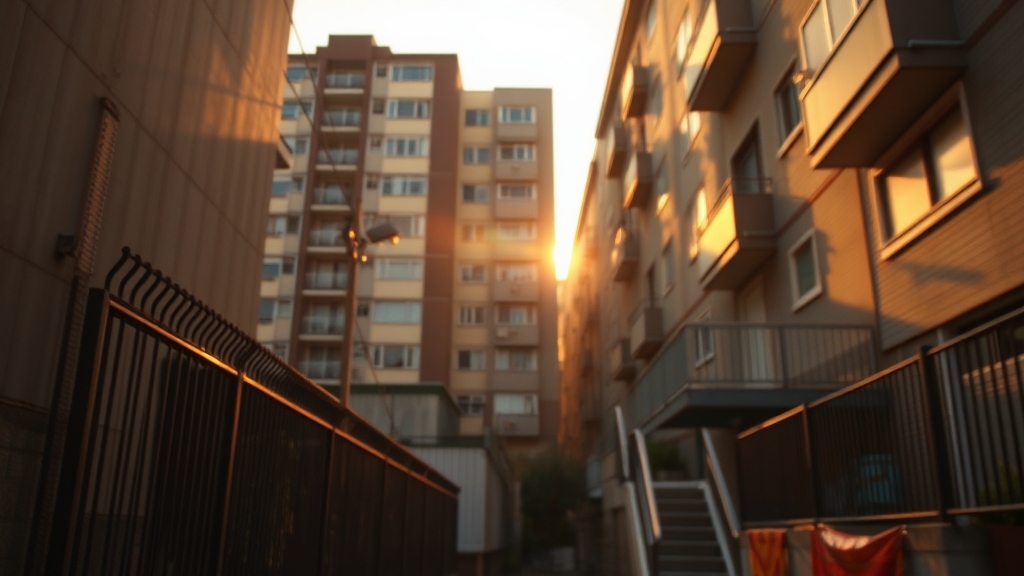Key Takeaways
- Rochester affordable housing stock added 1,200 units using a new tax credit program, but demand still far outpaces supply.
- Rent prices, especially for one-bedroom units, have surged by nearly 10% over the past year, squeezing lower-income families.
- Areas such as Hudson Avenue and Susan B. Anthony Square are experiencing the most severe impacts of the affordable housing crisis.
Mounting Pressure on Rochester’s Housing Market
Crisis looms as Monroe County’s affordable housing shortage deepens, despite a 1,200-unit gain reportedly fueled by tax credits near landmarks like Kodak Tower and High Falls.
Supply barely scratches the surface of soaring demand.
Prices spike, with one-bedroom rents climbing nearly 10% in a year, shoving struggling families closer to displacement.
Vulnerable areas like Hudson Avenue and Susan B. Anthony Square see the worst strain. The full, unsettling picture is just ahead.
Affordable Housing Shortage Deepens Crisis in Rochester
Beneath the imposing skyline near High Falls, Rochester’s affordable housing crisis intensifies, threatening the city’s future and destabilizing its neighborhoods.
As the rush for viable housing grows, the supply remains frustratingly low. Prices surge while income drags behind, leaving would-be residents in the dust along Hudson Avenue and beyond. Homes are selling quickly, often within seven days of listing, ensuring that the few affordable opportunities disappear almost immediately.
Across Monroe County, closed home sales have slumped by 4.5% during the first quarter of 2025, a cold statistic that should ring alarms for real estate investors.
What happens when Rochester’s housing supply simply cannot keep up with investor demand?
The median sales price jumped by 10.8%, now hovering at $235,000, a new strain on the backbone of working-class residents. This chasm widens the affordability gap, creating a city where families grow desperate for shelter.
Urban sprawl presses relentlessly outward, consuming land near Irondequoit Bay and pushing boundary lines in search of relief. But every gain in physical space is matched by painful gentrification impacts as rents spike and familiar faces vanish from cherished neighborhoods.
Average rents for a one-bedroom in the Flower City shot up nearly 10% in one year, according to HUD data. This means someone who used to afford a cozy Park Avenue apartment is now priced out, with no feasible option nearby.
How much further can rents skyrocket before entire communities crumble?
This relentless ascent in living costs brings an ominous threat: homelessness. What little affordable housing stock remains gets snatched up within days, and there is no relief in sight for many low-income families.
They are now forced to allocate larger portions of their stagnant incomes to landlords, shortchanging groceries or healthcare.
Those families, especially in areas around Susan B. Anthony Square, are left vulnerable. Scarcity of affordable units forces impossible decisions.
Do they stay and scrape by, or leave centuries-old neighborhoods behind?
Each new rent hike stacks the odds against stability.
Despite these dire circumstances, nearly $19 million in new funding, leveraged by Low Income Housing Tax Credits, has been allocated for three affordable housing projects. This is just a fraction, though, of a $270 million statewide initiative aimed at restoring equilibrium to markets buckling under investor competition and displacement.
Projects like the Fernwood Avenue Apartments and the Fine Arts Building Lofts are rolling out 65 and mixed-income units, respectively, targeting vulnerable populations, but the numbers barely dent overall demand.
Adaptive reuse recently transformed a historic edifice into modern housing, echoing the city’s ongoing battle to preserve heritage while confronting the tidal wave of urban sprawl and gentrification impacts.
Collaboration with local developers and public-private partnerships is essential for progress near Kodak Tower and throughout the sprawling neighborhoods.
Rising rental costs are deepening the rent burden for many Rochester residents, making collaboration even more critical to prevent further displacement.
Each day without action brings more families to the brink—and shrinks prospects for real estate growth in a city already battered by neglect.
Demand far outpaces the current housing supply in Rochester.
Rents and home prices rise dramatically, outstripping income growth and pushing families toward crisis.
Low-income households are hit hardest, limiting options and deepening the housing cost burden.
Tax credit programs and new projects offer hope, but addressing urban sprawl and gentrification impacts remains urgent to stabilize Rochester’s future.
Assessment
Why This Matters for Rochester’s Investors
Despite an impressive boost of 1,200 new affordable housing units, demand is still far outpacing the available supply.
If you’re an investor, now’s not the time to look away—the signals from Park Avenue’s swelling waitlists and Shadow Pines’ record-low vacancies are loud and clear.
Ignoring what’s happening in Rochester could mean missing essential opportunities or, worse, facing steep losses as the market shifts.
Take a closer look, watch for those vacancy trends, and act now to stay ahead of the real estate curve in our city.
Don’t wait until the headlines announce a market in crisis—get involved, stay alert, and help shape the future of Rochester housing.
